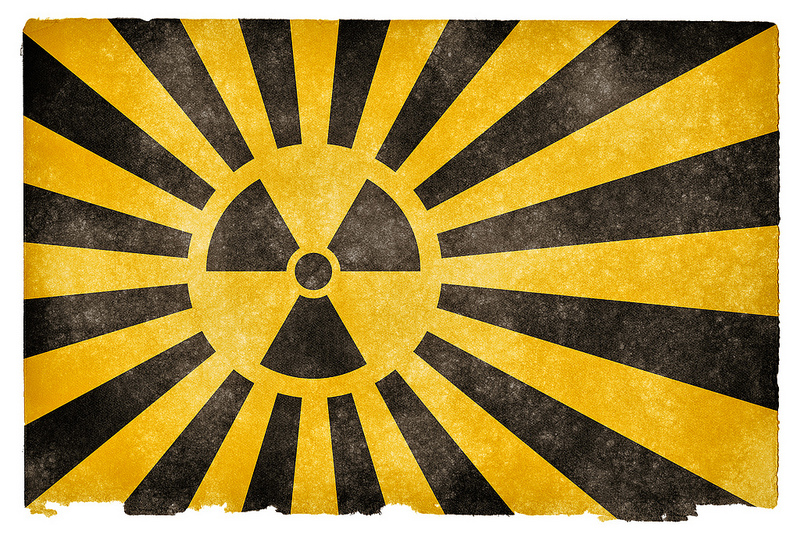 The Strategist has featured a number of items recently related to the Strategic Insights paper that Crispin Rovere and Kalman Robertson have written about the proposed next step in nuclear arms control. Broadly, the original authors call for a minimum-yield threshold treaty on the grounds that low-yield nuclear weapons are uniquely dangerous—more likely to be used than their larger siblings, less amenable to positive control by national leaderships, and an invitation to nuclear arms races and escalation ladders. Their latest contribution to this debate—their response to Malcolm Davis’ objections—repeats this argument about unique dangers, while asserting that it is mere military logic, not misplaced humanitarianism, that lies behind their proposal.
The Strategist has featured a number of items recently related to the Strategic Insights paper that Crispin Rovere and Kalman Robertson have written about the proposed next step in nuclear arms control. Broadly, the original authors call for a minimum-yield threshold treaty on the grounds that low-yield nuclear weapons are uniquely dangerous—more likely to be used than their larger siblings, less amenable to positive control by national leaderships, and an invitation to nuclear arms races and escalation ladders. Their latest contribution to this debate—their response to Malcolm Davis’ objections—repeats this argument about unique dangers, while asserting that it is mere military logic, not misplaced humanitarianism, that lies behind their proposal.
Let me begin by saying that I don’t accept the assumption underlying the Rovere and Robertson approach—that the most usable nuclear weapons are necessarily the most dangerous ones. The logic of that approach is that nuclear weapons states should be allowed to build only those nuclear weapons which are less usable. Their particular gripe against low-yield nuclear weapons is that those weapons stand at the firebreak between conventional and nuclear war. But there’s a good argument for having some nuclear weapons that allow nuclear deterrence to fail in discrete small packets rather than in one sudden complete collapse. Insisting that it fail in larger packets wouldn’t be a step forward.
Second, I think Rovere and Robertson are largely wrong on the argument they advance about low-yield weapons and positive control. There’s no direct relationship between warhead yield and positive control, as they suggest. Their claim—that NATO currently pre-delegates nuclear warheads to junior officers to use at their discretion in a crisis—doesn’t sound right. The problem of nuclear installations potentially being over-run in a conventional conflict is a range problem, not a yield one. And while their concerns about the degree of positive control over Pakistani nuclear weapons (once assembled and deployed) are justified, those wouldn’t be solved by a low-yield ban. Moreover, we know so little about the yields of Pakistani weapons we can’t be confident that any of those warheads would even be caught by the restriction.
Third, I think the proposal understates the fact that the different nuclear weapons states around the world have entirely different strategic missions for their arsenals. The US extends nuclear assurance to a large number of countries worldwide, and so places greater strategic weight on its arsenal than most other nuclear weapons states do. Currently, the mainstay of its non-strategic nuclear arsenal is the B-61 bomb—a weapon with a variable-yield warhead that ranges from 0.3-kt to 170-kt (PDF, see p.16). Since weapons with warheads under 5-kt would be illegal so, I assume, would the B-61 bomb. We’d be asking the Americans to go away and build a new set of non-strategic nuclear weapons because we don’t like the ones they’ve already built. Good luck with that! The claim that all non-nuclear weapon states would be in favour of a ban on low-yield devices is, I suspect, also wrong. Many US allies live proximate to, or downwind of, potential target areas—and it’s far from self-evident that those allies would, in extremis, prefer a bigger blast to a smaller one in their immediate environment.
Fourth, when reading both the original Rovere and Robertson proposal, and their response to the Davis blog, it’s hard to escape the feeling that this is arms control designed to advance a specific political agenda. The proposal aims to widen the divide between the conventional and nuclear worlds. It does so, I assume, because that would make a ‘sole purpose’ declaration—a declaration that the sole purpose of nuclear weapons is to deter the threat and use of other nuclear weapons—more likely. Sole purpose declarations could then underpin no-first-use declarations. And, in the aspiration of many arms control advocates, sole purpose declarations would eventually form the basis for nuclear disarmament because if nuclear weapons are only ever built to offset other nuclear weapons, it becomes much easier to argue that they should—and could—all be simultaneously abolished.
The proposal runs headlong into a brutal truth: nuclear weapons remain strategically relevant to the world, and not just to each other. They speak a unique dialect of the language of deterrence. They induce a strong element of caution into geopolitics. And the number of states that either build them (currently nine) or shelter under them (nearly forty in relation just to the US arsenal) is still going up. The central question is not whether low-yield weapons are more likely to be used than other nuclear weapons. With all nuclear weapons the central question is the same—is the risk of their use worth running in terms of deterring and constraining conflict? Low-yield weapons aren’t ‘uniquely dangerous’.
Rod Lyon is a non-residential fellow at ASPI and an adjunct associate professor at the Griffith Asia Institute. Image courtesy of Flickr user Nicolas Raymond.

